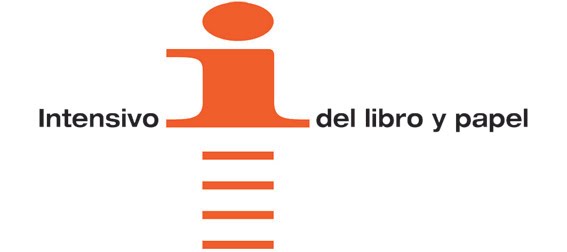It has been an extraordinary experience to make paper with this curated group of artists; each integrated the process into their interpretation of the Pore Awë story.
The labor of making paper every day is a connection to our friends in Yanomami territory who make all paper by hand. Laboring together is a powerful experience in our digital world. Being in physical proximity with others, and masterminding solutions to technical issues created avenues for trust building, understanding, and even vulnerability in ways distinct from individual artistic practice. Concepts of ownership and ego are a bit more obfuscated in this process, as working together is essential to success. I think all of our artists would agree our papermaking process informed us far beyond sheet making, and even art making.
Laura Anderson Barbata sold her Mark Lander Critter beater to Alvaro Gonzalez for this project. Alvaro and I worked together over the first days to build a fully functional studio in the backyard of the TAGA workshop, complete with deckle boxes and a press. The humidity was a challenge, so we dried on metal and ran a dehumidifier (which caused occasional power outages and languishing coffee breaks serenaded by cackling parrots).
In our fiber experiments (I created paper logs for our samples), we found that cotton linter processed evenly in the Critter was too weak. Combined with sisal sourced locally, it was better, but not ideal. With gelatin sizing, usable. Alvaro had daphne fiber from Tom Leech sent about eight years ago. We used this fiber for most of the sheets, and moved on to 100% sisal for the covers. The natural fibers behave better in the Critter, and are a connection to Yanomami papermaking, which often uses locally sourced fiber (in addition to decommissioned textbooks). Almost daily, I asked myself what it must be like to make paper in Platanal, which I found to be a profound connection while producing a work of art in benefit for that community.
The sisal gave us a run for our money. Labor seemed charming until we were covered in bug bites and battling beating cycles of up to six hours. We cooked fiber in lye, soaked it overnight in its juices, and ran the beater hard. We also had to babysit the beater for up to four hours at a spell by pushing the fiber back and forth to create flow in the machine. The end result was absolutely gorgeous, and worth every moment of complication.
In addition to creating a beautiful work of art, papermaking brought us together in an intimate group experience. Isn’t that sort of radical by today’s standard? Some days were like the Titanic, others, transcendent, each a connection to each other and ourselves in interesting and meaningful ways.






No hay comentarios:
Publicar un comentario